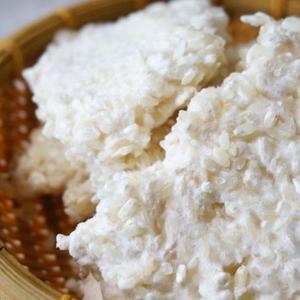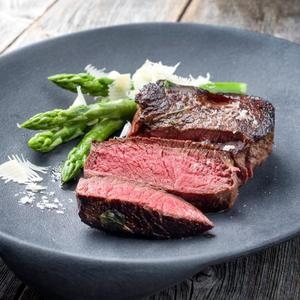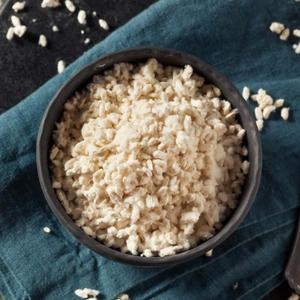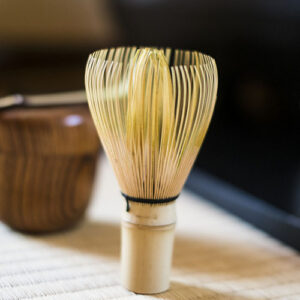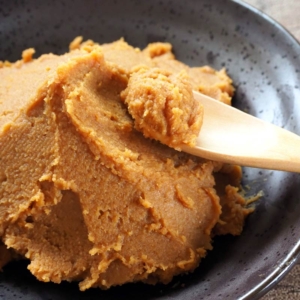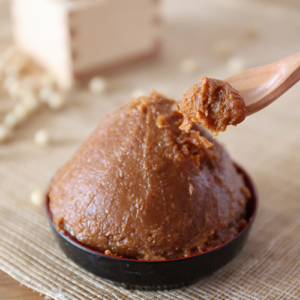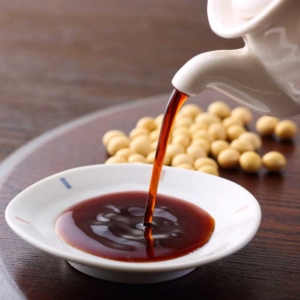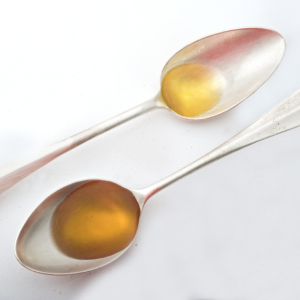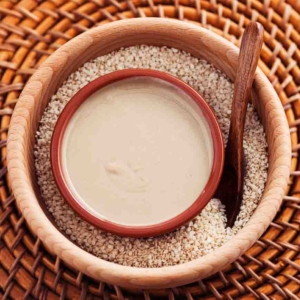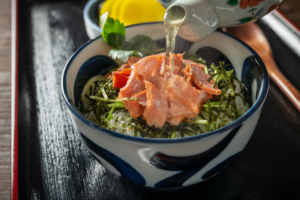What is Rice Koji?
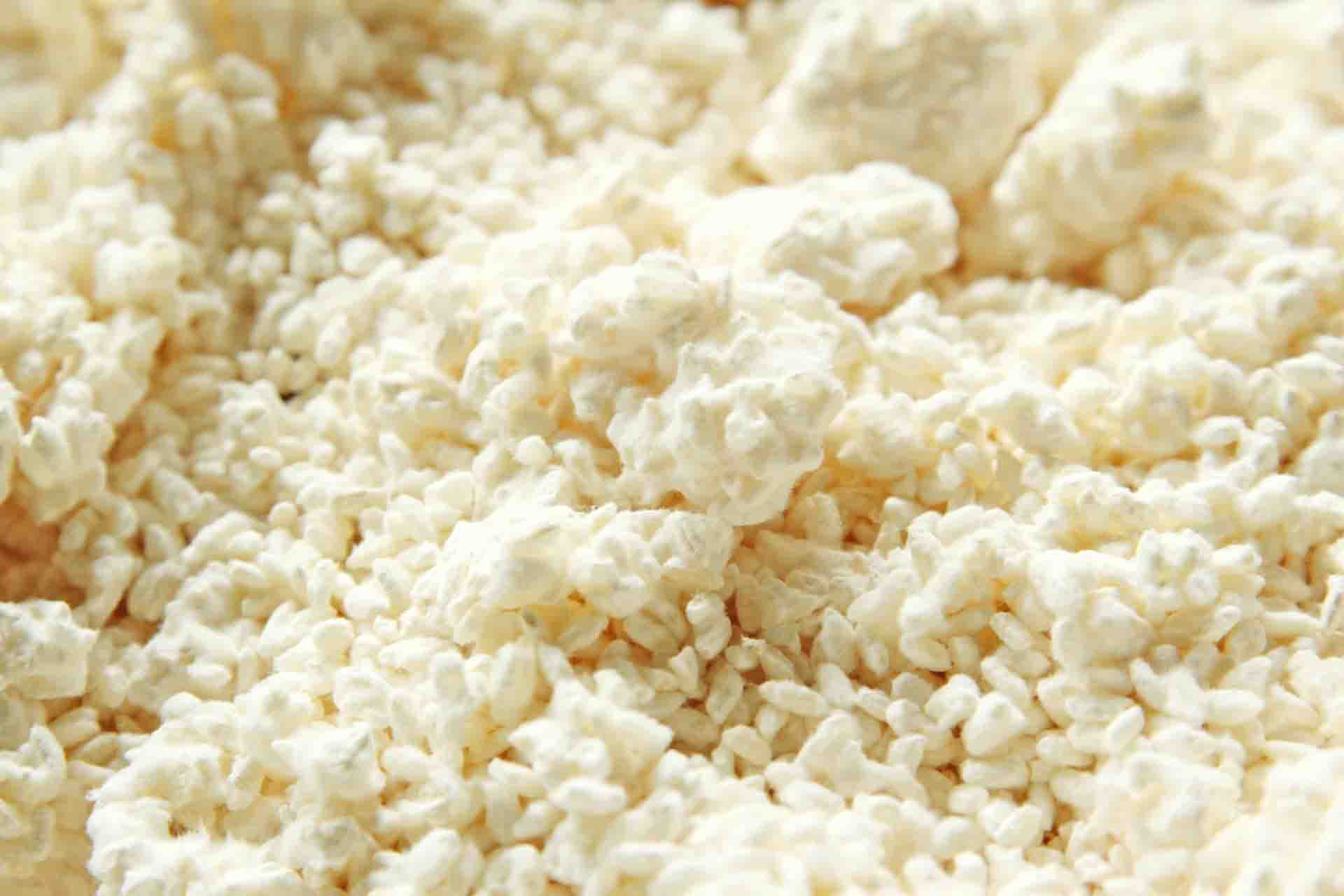
Rice Koji (also called Koji Rice or Komekoji) is considered to be the beginning of traditional Japanese food culture of “fermentation”, and its roots date back to the Nara era (710 AD – 794 AD).
Koji is a type of mold that is made from steamed grains that are propagated with koji starter. The grains can be rice, wheat, or even beans. For rice koji, the koji starter is propagated on steamed rice.
You may think that it’s weird to eat mold–well, fungus–but although it’s mold, the koji mold is a fungi that is useful for humans. The fungus that is used for koji starter is called Aspergillus oryzae.
RICE KOJI:
Rice Koji is steamed rice that has been propagated and fermented with koji starter. It is one of the types of koji.
It has a very close and deep relationship with Japanese dishes, and koji rice is used as a raw material for miso, soy sauce and mirin. It is also used to make a Japanese non-alcoholic traditional drink, amazake (sweet sake).
Recommended Rice Koji Products
Kinds Of Koji
There are various kinds of koji depending on what grains that are used to propagate the mold. Here are the varieties of koji:
Koji Type 1 Rice Koji
Rice koji is the most popular kind of koji. It can either be made with white rice or brown rice and used in a wide variety when making fermented foods, such as sake, miso, shoyu, shio koji, and amazake.

To know about how to make rice koji, please check this article!
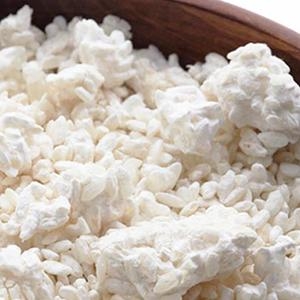
Koji Type 2 Barley Koji
Barley koji is usually used for making barley miso and barley/wheat shoyu. The barley miso made with barley koji has a lighter taste than the rice miso made with rice koji. This type of koji has a unique fragrant aroma from barley that becomes its charm point.
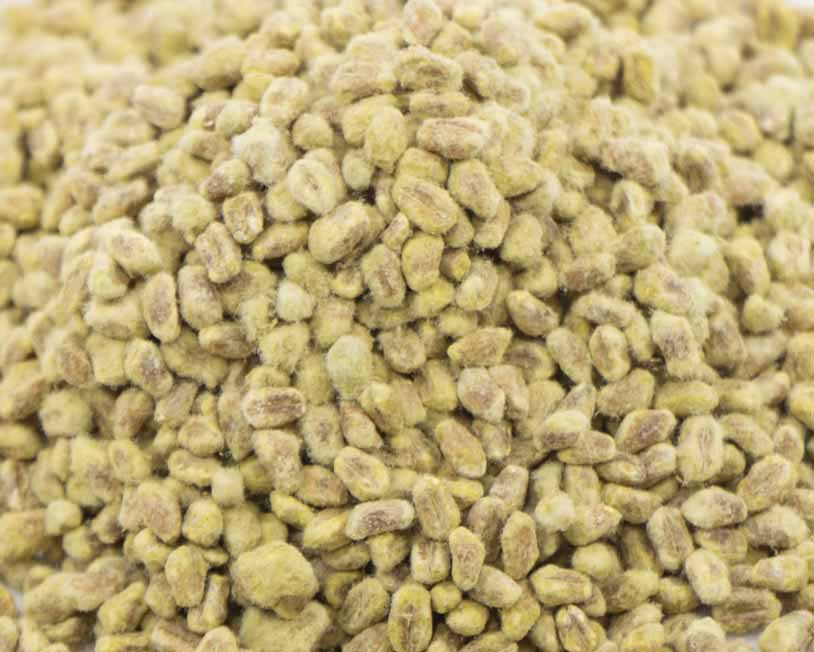
To know about how to make barley koji, please check this article!
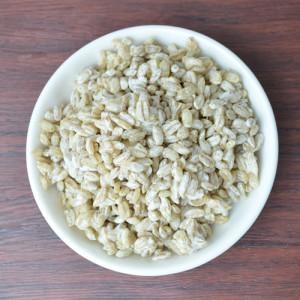
Koji Type 3 Bean Koji
Bean koji is the kind of koji made by inoculating steamed beans with koji mold. Bean koji is mainly used to make miso.
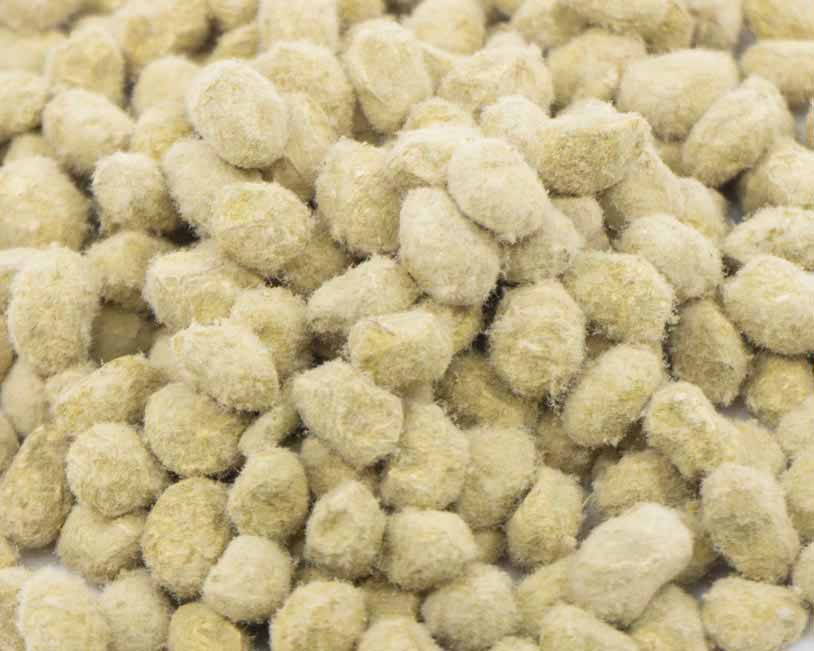
Read more about the kinds of koji and how to use them in this article!
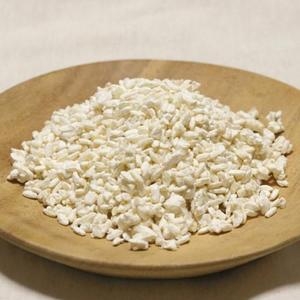
How to Use Koji Rice
Recently, the number of people who want to try fermented foods using koji rice at home is increasing.
Amazake made from handmade koji rice is said to have high nutritional value. It is fresh, tasty and rich in probiotics.
You can also use rice koji in various foods!
Here are some handmade recipes using rice koji.
Amazake (Sweet Sake)
Amazake made with koji rice is a non-alcoholic drink, so it is safe for children to consume. In Japan, it’s also called “飲む点滴; nomu tenteki” meaning “drinking IV drips” because of its rich nutrition.
Read more about Amazake here:
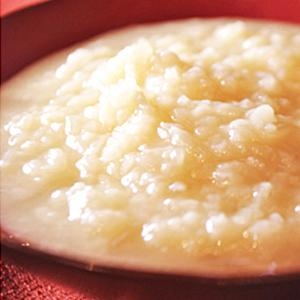
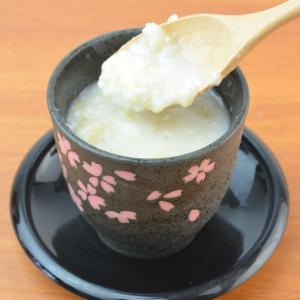
Miso
Making miso by yourself might take time, but it is also fun to try out. By making it yourself, you can also enjoy miso flavor that is different from commercial products. Here’s a tutorial to make miso paste using rice koji.
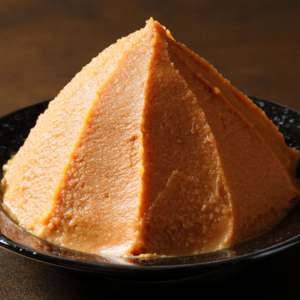
Shio Koji (Salt Koji)
Salt koji, also known as shio koji, is the one that also sparked the koji trend worldwide. You can easily make it at home if you have the ingredients! If you have shio koji, the range of cooking recipes you can make will be much wider.

Health Benefits of Koji
Koji is a famously known traditional ingredient from Japan, but not many people know about its healthy benefits. Here are some of the health benefits that you can get from koji consumption.
Koji Health Benefit 1 Improve Intestinal Environment

Good intestinal environment will result in a strong immune system and good skin condition. Fermented food plays a big role in improving the intestinal environment. The good probiotics that reside in fermented food include Aspergillus oryzae, Bacillus natto, Lactobacillus, and others. Among them, the one that creates miso, Japanese soy sauce, and sake is koji starter (Aspergillus oryzae).
Koji contains glucosylceramide, which has improving effects on skin and intestinal microbial flora. Koji can function as a prebiotic in gastrointestinal function. Koji might be the connection between Japanese cuisine, intestinal microbial flora, and longevity.
Koji Health Benefit 2 Prevent Obesity And Prevent Diabetes

Research shows that rice koji can have effects in reducing body weight gain, fat accumulation, and high blood glucose level caused by high-fat diet.
Koji Health Benefit 3 Fatigue Recovery And Cell Regeneration

Koji is rich in vitamin B1, vitamin B2, vitamin B6, and so on. Vitamins have the effect of converting carbohydrates into energy and promoting recovery from fatigue. Vitamin B2 also promotes the growth of the body and the regeneration of cells such as skin, hair and nails.
Major Nutrients of Koji
| Vitamin B1 | Helps produce energy, Fatigue recovery, Suppress irritation/stress feeling, Amnesia prevention, Helps breaking down carbohydrates |
|---|---|
| Vitamin B2 | Helps the metabolism of skin, Helps breaking don lipids, Accelerate growth speed, Sebum control, Prevent oral ulcer/stomatitis |
| Vitamin B6 | Reduce premenstrual syndrome (PMS), Improve immunity, Prevent arteriosclerosis, Helps breaking down proteins and lipids, Prevent oral ulcer/stomatitis, Suppress the excitation of nerve cells |
| Vitamin H (Biotin) | Suppressing the cause of atopic dermatitis, Prevent diabetes, Alleviate epilation and gray hairs |
| Pantothenic acid | Stress resistant, Helps breaking down lipids, Detoxification from chemical compound, Increase good cholesterol, Maintaining the health of skin, Increase immunity |
| Essential amino acids | Among the 20 types of amino acids making up proteins, nine kinds of them can not be synthesized in the body. If there are any lacks of them, muscle, blood, bone cannot be made. These nutrients can be consumed in supplements, but when ingested from koji based food, the absorption rate in body is over 90%. |
Dried Koji vs Raw Koji
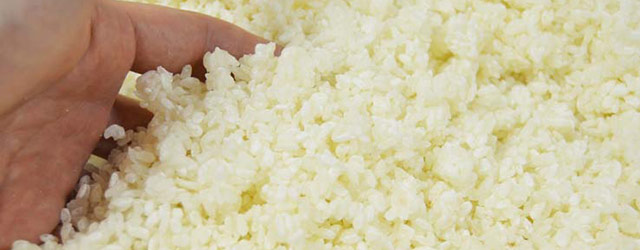
Dried koji refers to koji that has been dried by removing the water content of raw koji (fresh koji).
Miso and amazake made with raw koji have better taste and aroma than dried koji, and they can make fermented foods in a shorter period of time.
However, raw koji has a drawback since it has a lot of moisture (because of the water content), it’s easy for unwanted bacteria to propagate and it cannot be stored for a long time.
Because we couldn’t keep the finished raw koji for a long period of time, dried koji was made.
For the dried koji, you rehydrate the preferred amount with water, and store the rest of the dried koji. If you want to make a small amount of amazake, miso, or koji rice at home, using dried koji rice is recommended.
How to Rehydrate Dried Rice Koji
Here’s how you rehydrate a dried rice koji. All you need is dried koji, water, and a bowl!
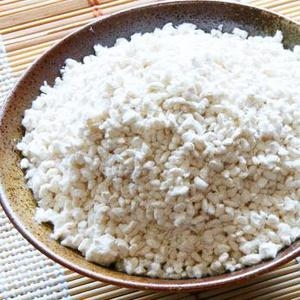
You Can Also Make Koji Rice At Home!
Nowadays, koji has attracted so much attention, and the number of people who make it at home is also increasing.
You can use rice koji as a base to make a lot of things, from homemade miso to amazake!
Below is a tutorial on how to make rice koji at home, which, until now, was only possible to be done at koji breweries and specialty stores.

Great Points of Handmade Rice Koji
- ■ You know exactly what ingredients that are used. Formerly, in the Japanese family, miso, shouyu, amazake, and others were made at home with koji. However, the eating habits change with the time, and miso, shouyu, amazake changed from “things to make” to “things to buy”. Because of that, there are many people who became uneasy because they don’t know what type of rice is used to make koji-based foods such as miso and shio koji (salt koji) sold in the market. If it’s homemade, you can make it with pesticide-free rice prepared by yourself so it’s safer and healthier.
- ■ Handmade is fun! When Kawashimaya staffs tried to make handmade rice koji, they’re impressed that their hands became so smooth. It’s a famous story that because they engage in sake-making, the hands of chief brewer at sake (Japanese liquor) brewery is beautiful. In rice koji’s nutrients, there are a lot of components that make the skin beautiful. Then, if you make rice koji by yourself, it will take a lot more care and attention. Thus, the miso and amazake you made from the homemade rice koji will be even more delicious.
- ■ It’s more economical. When making miso, you will need koji in kilograms. If you buy it, it will be really pricey. For that, if you make your own koji using koji starter (Apergillus oryzae), it will be much more economical because you can even make koji rice from 15kg of rice.
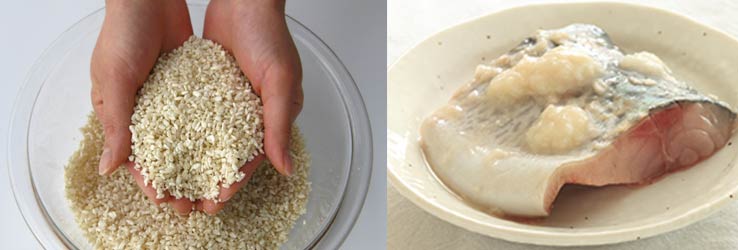
Now, let’s start making koji rice!
Rice Koji Q&A
- How do I use rice koji?
- It’s great for marinating meat or chicken, It will enhance the taste with koji sweet aroma.
You can also use rice koji to make amazake and miso, or mix it with salt to make salt koji.Check this section to know more about how to use rice koji
- What are the health benefits of eating rice koji?
- There are various health benefits you can get out of rice koji.
It’s good for cancer prevention and healthy skin. It also can improve immunity, support the intestinal environment, and helps you recover from fatigue faster.
- Where can I buy rice koji?
- You may found dried rice koji in food stores which sell Japanese or Asian food ingredients near you. It’s also a lot more convenient to buy it from online store.
Here in Kawashimaya the Japanstore, we sell various kind of koji, as well as dried koji. Please check this section.

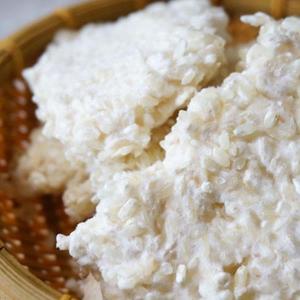
 Content List
Content List